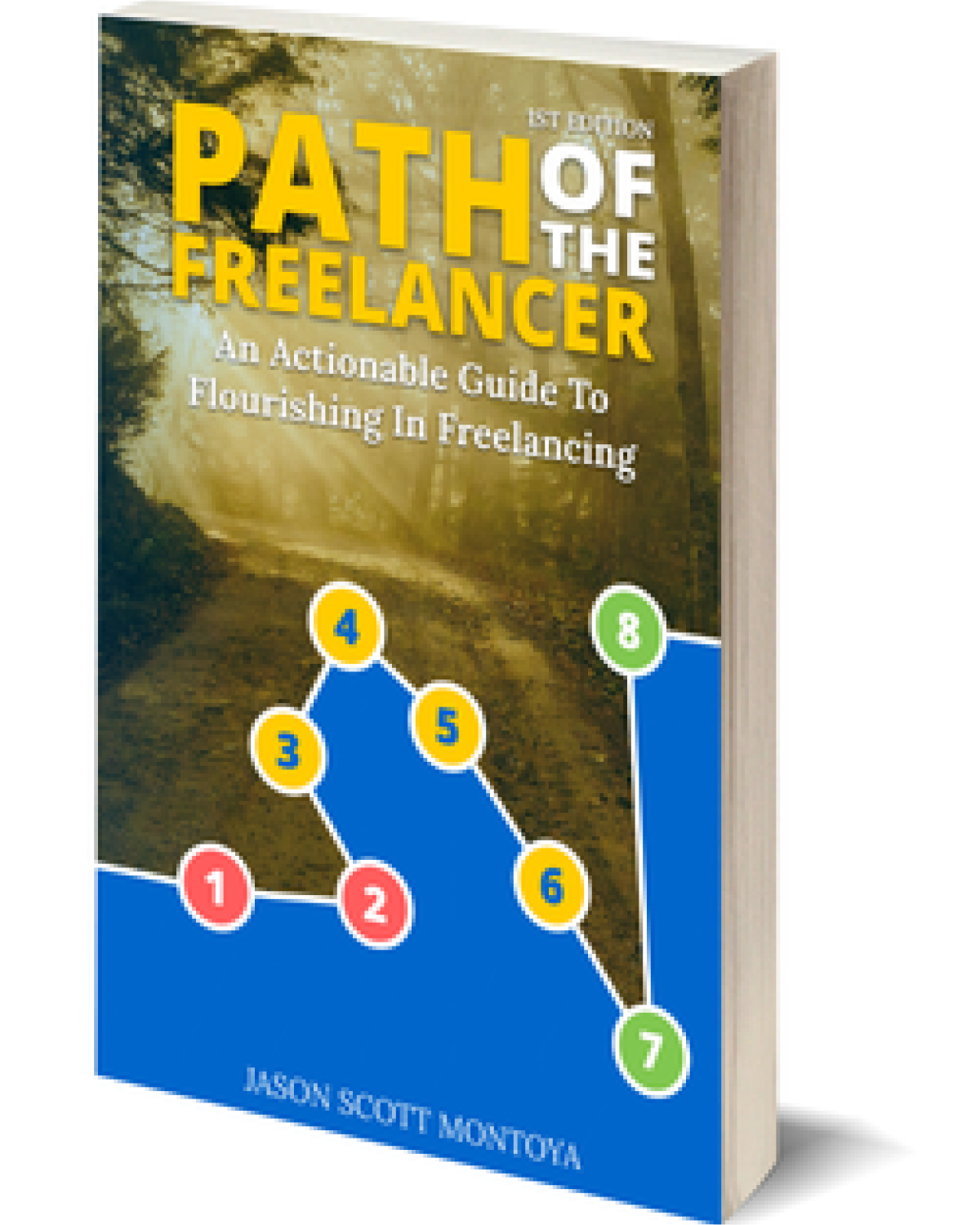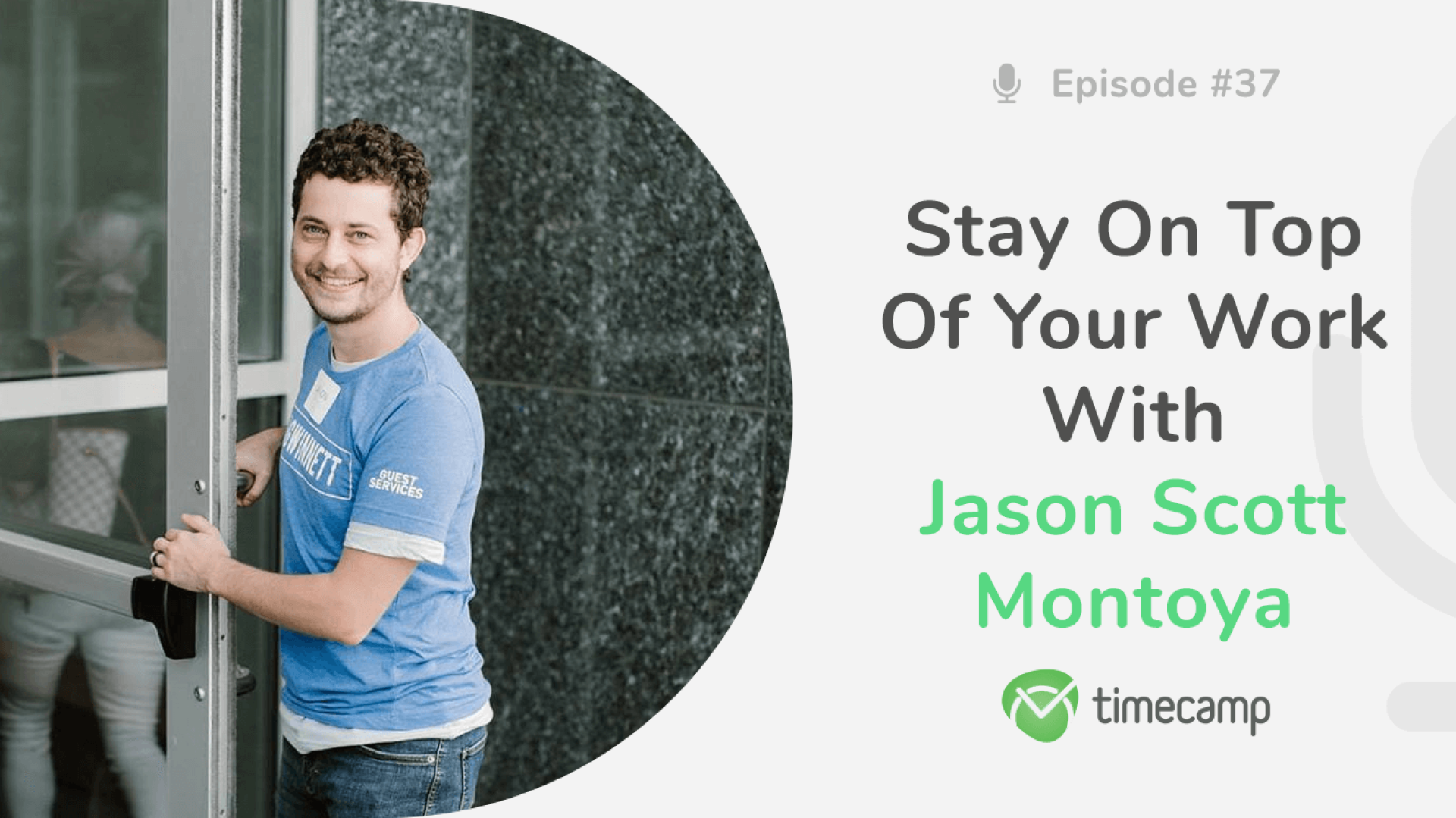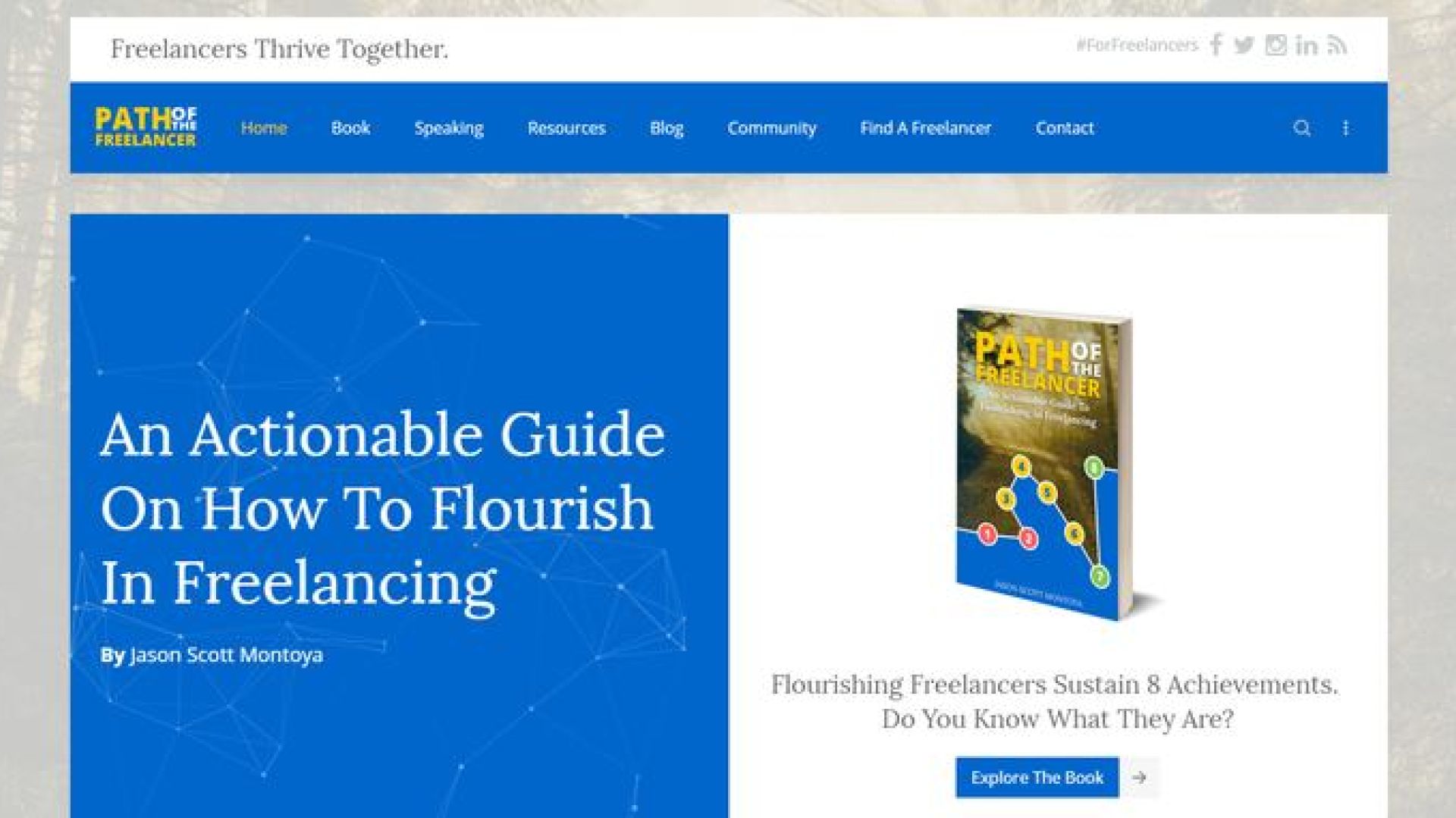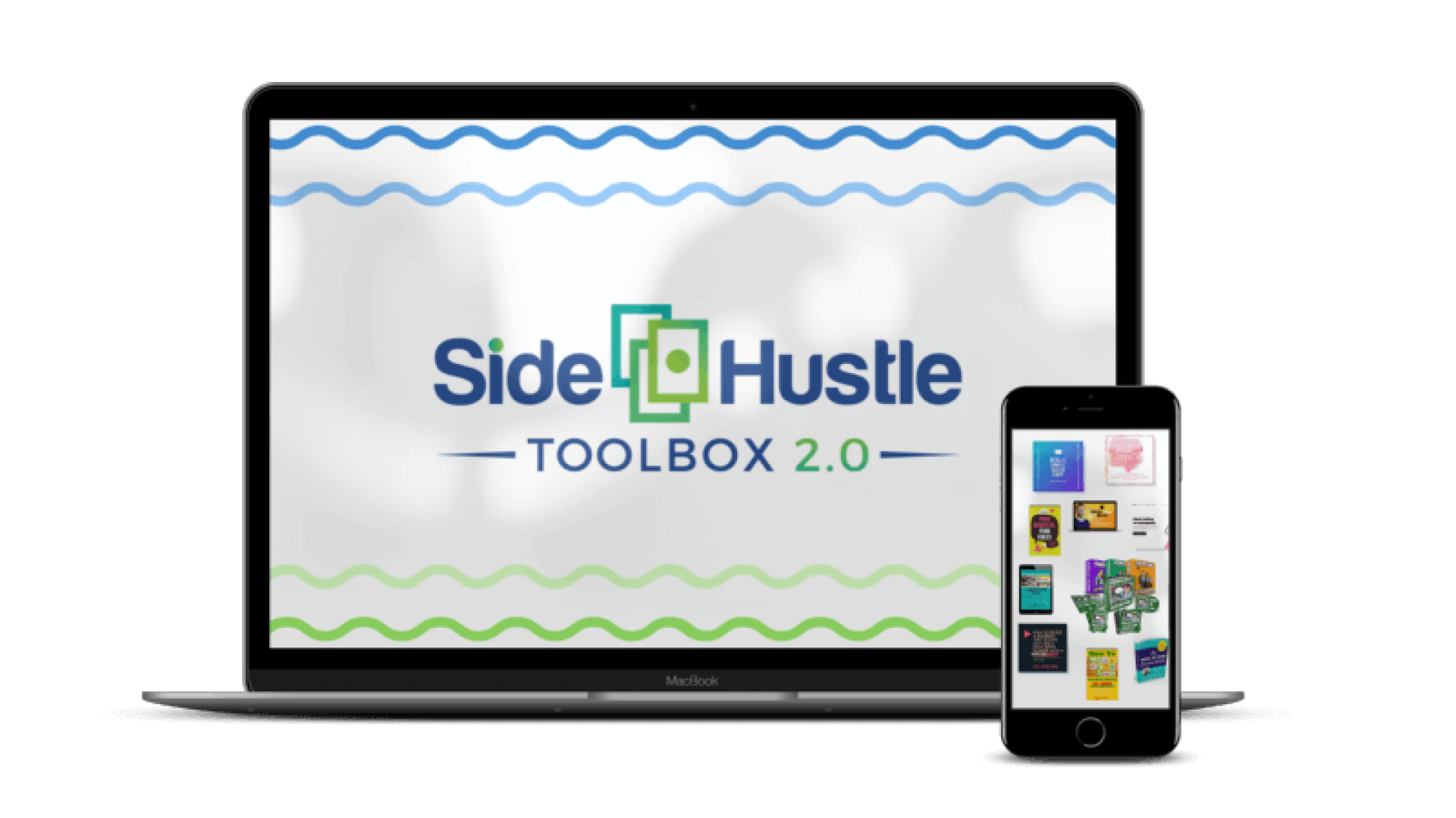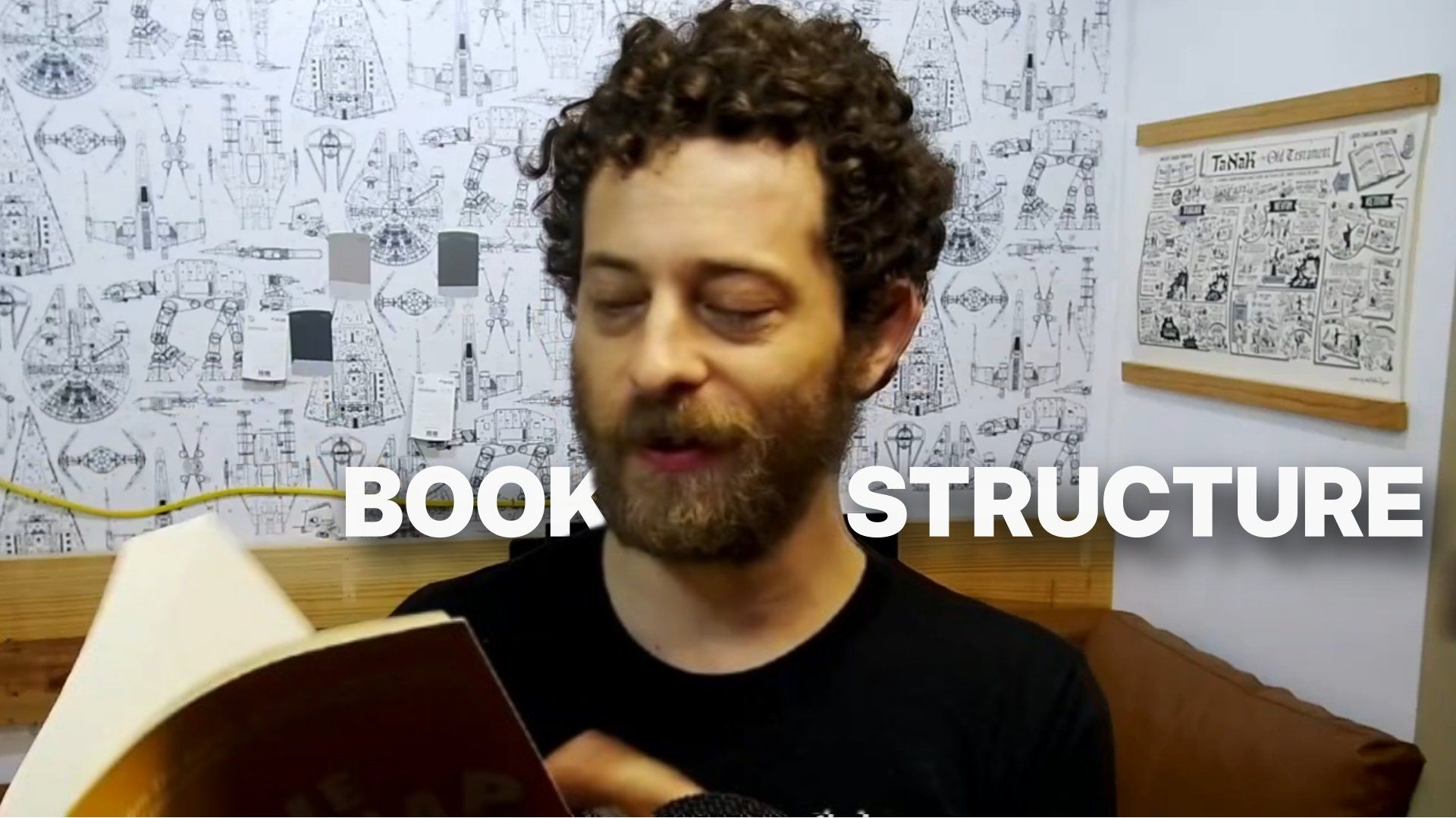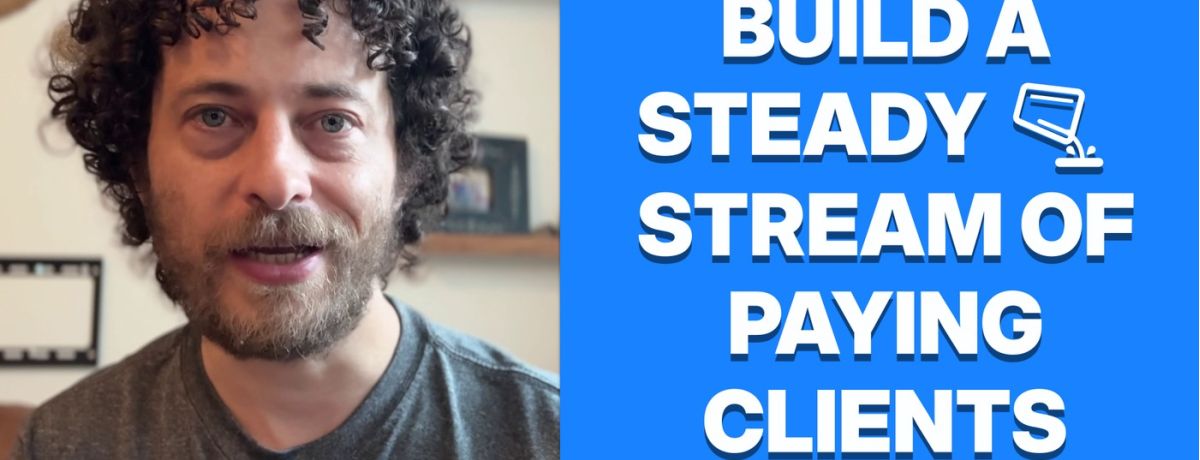
Get Freelance Clients on Autopilot With This Sales Blueprint
One of the most difficult challenges for a freelancer is how to secure not just one or two clients, but a steady, sustainable stream of paying clients. This allows you to stay freelancing and continue to flourish.

Building this steady stream of paying clients is the third achievement in my book, Path of the Freelancer. We previously discussed the first achievement, which is being fully committed, and the second, which is about compellingly packaging your offer and promoting it. Now, we'll dive into the third.
I want to talk about the four checkpoints for this achievement. We’ll go through them briefly, and if you want to dive deeper, you can check out Path of the Freelancer to explore the details of each. These four checkpoints are required to help you build a system that lets you build a steady stream of paying clients.
Checkpoint 1: Finding New Clients
When finding new clients, you want to focus on the easiest type of contact or person to secure work from, and you want to avoid what's hardest. Go towards what’s easiest and stay away from the hardest.
What's the difference between getting a client the easy way and the hard way? Here's how I define it:
The easiest place to get new paying client work is from clients you're already working with. They already trust you and are already paying you, so it’s much easier to get more work from them than it is to get it from a stranger.
Strangers, conversely, are the hardest to convert.
I rank the ease of acquiring clients as follows:
- Active clients
- Recently active clients
- Inactive clients (you worked with them at some point; for example, a year-long project, a break, and then working together again a year or two later)
- Leads that came in but never resulted in a project (I would reach out to these before a stranger)
- People you know—connections you have some kind of friendship or acquaintance with
- Strangers (at the bottom)
The idea is that the warmer your relationship is with them, and the more you’ve worked with them (or at least moved toward working with them), the easier it will be.
The other factor to consider is the type of sales approach. I think of it in two ways: the crockpot and the grill.
- The crockpot method is essentially building a content marketing lead-nurturing program. You're posting blogs, engaging on social media, and sending out emails. Over time, these activities turn into leads, and those leads turn into customers.
- The grill method is a more proactive approach where you seek out people, call them, meet with them, or grab lunch. You’re actively pursuing opportunities—banging on the door, so to speak—to find someone you can serve as a freelancer.
I dive into this in more detail in the chapter.
Checkpoint 2: Building a Predictable Sales Process
The second checkpoint is about building a predictable sales process. Consider this basic breakdown (you'll often see this structured as a triangle): you meet five strangers, you meet with four contacts, you generate two prospects, and you win one client.
If this is your formula, then to get five new customers, you'd need to meet 25 strangers. Meeting strangers then becomes your concrete activity to drive towards getting new clients.
I talk about a story in the book where I broke this down with a photographer friend. I asked him how much he wanted to make, his day rate, and how many shoots he would need to earn his total income for the year. Once we had the number of clients he needed, we worked backward: "How many people do you need to meet? How many companies? How many referrals?" You break it down into specific, actionable pieces. That’s the high-level idea.
Checkpoint 3: Building a Team of Advocates
The third checkpoint is building a team of advocates. I’ve identified advocates in three categories:
- Rainmakers: These are people who refer clients your way. They might be fellow freelancers, salespeople, or networkers. For whatever reason, you have a relationship, they trust you, and they believe you can serve the people they meet.
- Happy customers: I can’t tell you how many times a client has referred another customer to me. I’ve gotten a lot of clients this way.
- Friends or family: These people mention you to others they know. It’s not sustainable to focus entirely on this, but it can certainly help when you're getting started.
These are people you have a relationship with who genuinely want to help you.
Checkpoint 4: Referrals and Leads Seek Us Out
The fourth checkpoint is what I call referrals and leads that seek us out. They are finding you; you aren't having to go outbound as a salesperson for your freelancing. They are actually coming to you.
This can happen in a few ways:
- Reputation: People learn what you do, they hear stories about the great work you’re doing for your customers, and you build out a referral system just by doing great work.
- Content creation: You can blog and post on social media. If you write about all the different areas you specialize in and the ways you help your clients—doing this in a focused, deliberate, expansive, and comprehensive way—you can get indexed on Google and other places. When people search for certain things, you become the person that comes to the surface, the person they seek out when they need help solving a particular problem that you solve.
Conclusion
To recap, the third achievement is building a steady stream of paying clients. This involves:
- Finding new projects
- Treating sales as a predictable process
- Building a team of advocates
- Having referrals and leads seek you out
When you've accomplished these four things, you have built a system that helps you flourish as a freelancer.
If you want to dive in deeper, check out my book, Path of the Freelancer.
Earn 6 Figures Working Part Time
Path of the Freelancer is an invitation, blueprint and guide to step into the world of flourishing as a freelancer.
